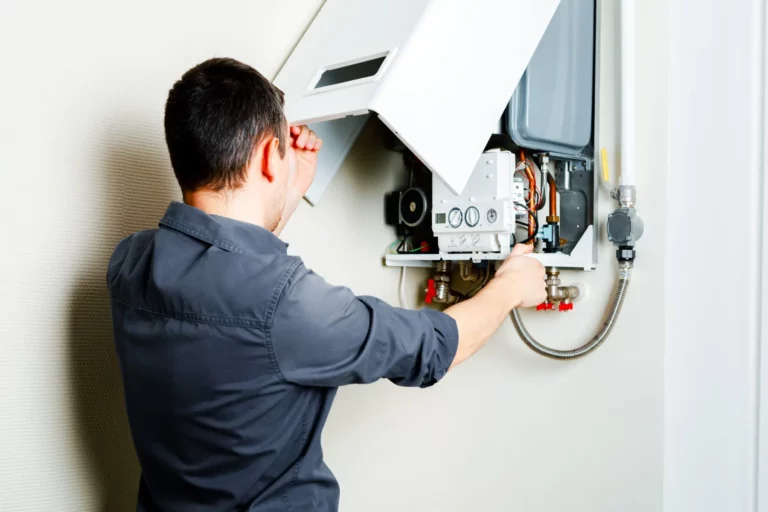
One of our key aims at Sensible is to make sure you have a really clear understanding of the services we offer and what you’ll be getting. And we’re very aware that boilers, central heating and electrics in general are technical things, so it’s easy for engineers to slip into using technical language when explaining them. So, to cut through the jargon, here’s a quick, handy guide on what the most-used terms mean. Some you will already know, others are perhaps a little more obscure. So here goes:
Boiler basics
- Boiler – let’s start with an easy one – this is the furnace that heats the water for your central heating system
- Combi boiler – combines hot water for taps and radiators in one unit. This is the most popular type of boiler in the UK
- Regular boiler – only heats water for radiators, relying on an immersion heater for hot water (usually in your loft)
- System boiler – also requires a separate hot water cylinder. Unlike regular boilers, however, they don’t need a cold water tank. Often referred to as ‘closed vent’ or ‘sealed system’ boilers
- Flue – this is the channel that vents combustion gases outside. It can be vertical or horizontal depending on where your boiler is in the house
- Burner – where the fuel mixes with air and burns to heat the water
- Pressure gauge – monitors water pressure, crucial for the safe operation of your boiler
- Diverter valve – directs hot water to radiators or hot water cylinder in combi boilers
- Expansion vessel – accommodates pressure changes as water heats and cools
- Pilot light – that little flame used to ignite gas in older boilers. Nowadays, most modern boilers have electronic ignition
- Heat exchangers – a really important part of your boiler, this device transfers heat from one medium to another. It is a long, coiled-up piece of pipe through which your water is pumped through. Hot flue gases from your burner pass over the surface of the pipe and heat the water as it passes through
- AFUE (Annual Fuel Utilisation Efficiency) – a measure of boiler efficiency. The more efficient your boiler, the higher the AFUE percentage
Central heating essentials
- Radiators – convert hot water to heat the room through metal ‘fins’, often fixed against your wall. You will not be surprised to hear that these are the most common method of heat distribution in UK homes
- Convector – radiator type with fins enclosed in a box, promoting air circulation
- Column radiator – traditional vertical design with exposed fins
- Power flush – this is a cleaning process that removes sludge and debris that’s clogging up your heating system, so improving its efficiency
- Valves – control water flow to individual radiators. Bleed valves release trapped air from radiators for efficient heating
- Thermostat – regulates room temperature by controlling the boiler. Smart thermostats are becoming more and more popular as a way of providing greater control and efficiency. When we talk about a programmable thermostat, we mean it can set different temperatures for different times of the day
- Central heating pump – circulates hot water through the pipework
- Zone heating – controls temperature in individual rooms with separate thermostats
- Expansion tank – the tank that accommodates expanded water as it heats up, preventing a build-up of pressure
We hope that’s helped a little. By understanding these key terms, you can better navigate the technical world of boilers and central heating, and make better decisions when investing in your system.
Remember, if you need a hand in getting to grips with boilers and central heating, please give our friendly team a call. We’d love to help you.
Need help with your boiler or heating system? Contact us today





